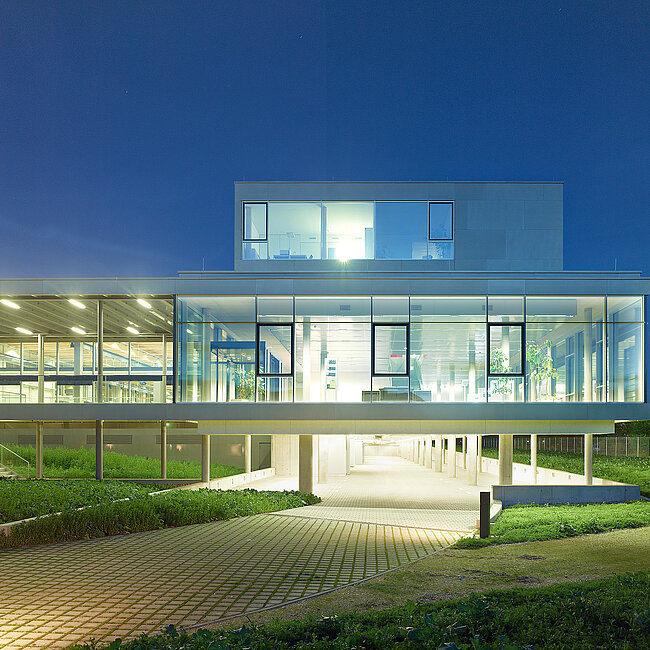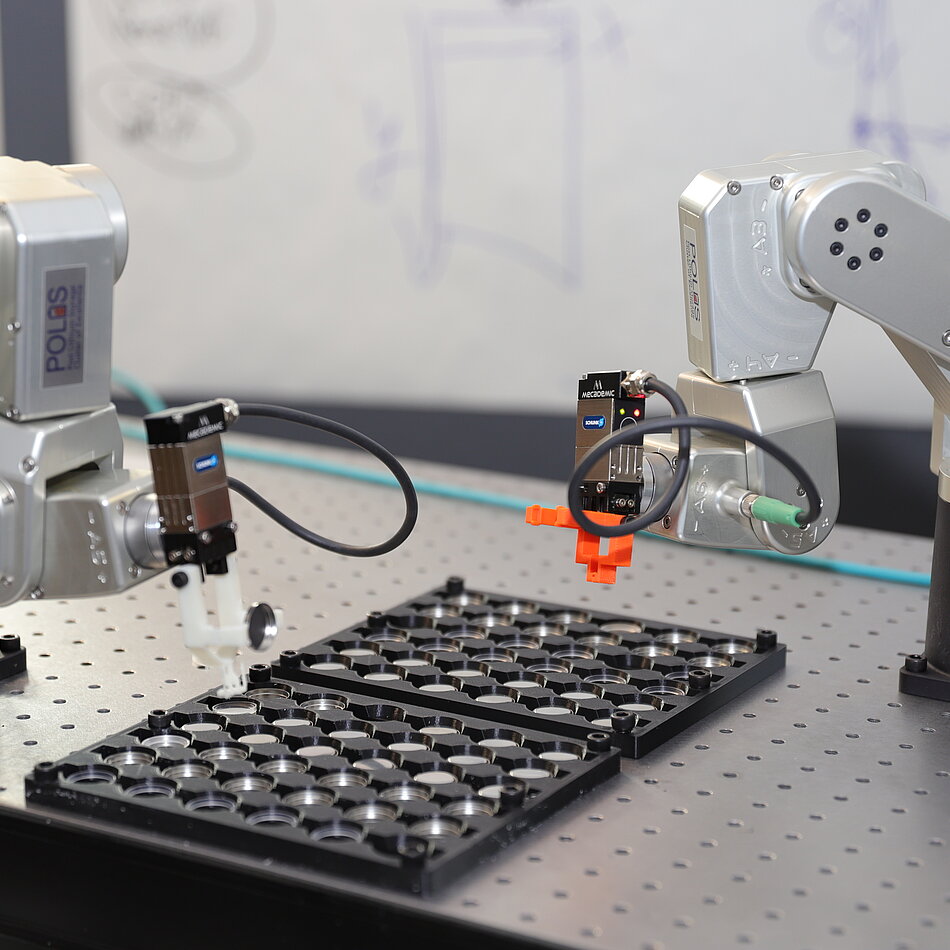POLiS

Cluster of Excellence POLiS - Post-Lithium Storage
The Cluster of Excellence POLiS develops the necessary new battery materials and technology concepts for efficient and sustainable storage of electrical energy. We have identified sustainable alternatives that no longer rely on lithium and other critical materials: We are researching batteries based on sodium, magnesium, calcium, aluminium and chloride ions. These so-called post-lithium batteries have the potential to store more energy, be safer, and offer a more cost-effective, long-term option for mass applications such as stationary and mobile electrochemical storage.
With this concept, the Karlsruhe Institute of Technology (KIT), the Ulm University, the Centre for Solar Energy and Hydrogen Research Baden-Württemberg (ZSW) and the University of Giessen have asserted themselves in the Excellence Strategy of the Federal Government and the Länder in 2018 - as the only German Cluster of Excellence for battery research. POLiS is funded with 47 million euros over seven years.
POLiS is also embedded in the Center for Electrochemical Energy Storage Ulm & Karlsruhe (CELEST), founded in 2018 by KIT, Ulm University and ZSW. CELEST members conduct research in all areas of electrochemical energy storage and cover the entire research and development chain from basic research to technology transfer. With its current 55 members, who come from over 30 institutes at both sites in Ulm and Karlsruhe, CELEST represents one of the largest research platforms on this topic.
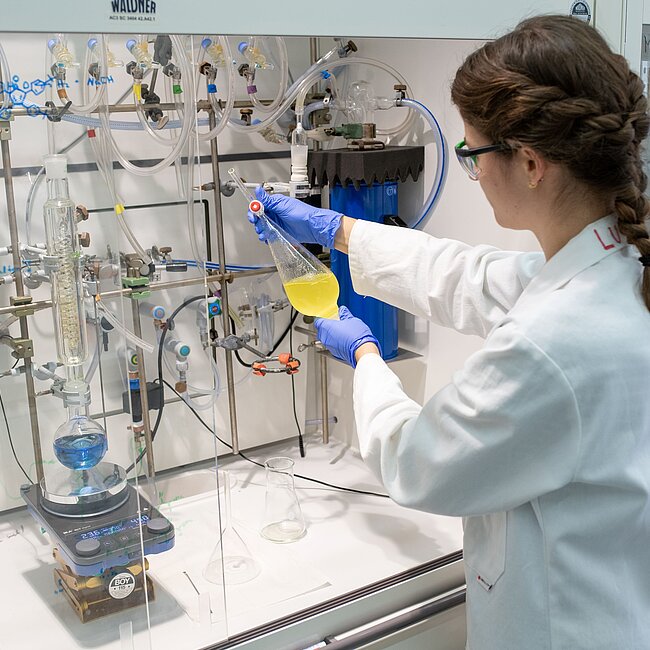
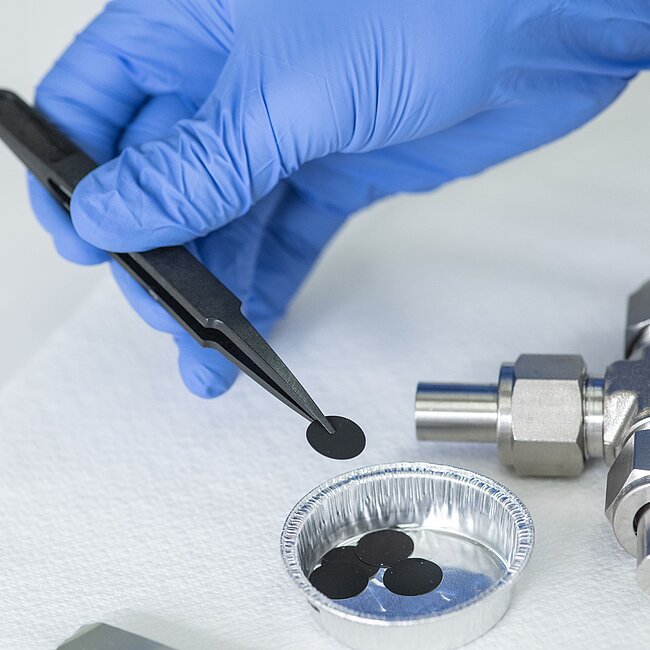
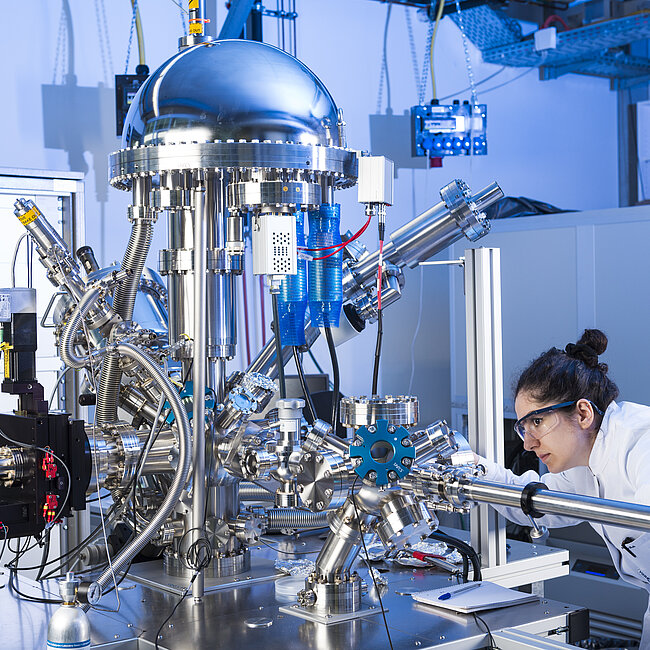 Laila Tkotz | KIT
Laila Tkotz | KIT
